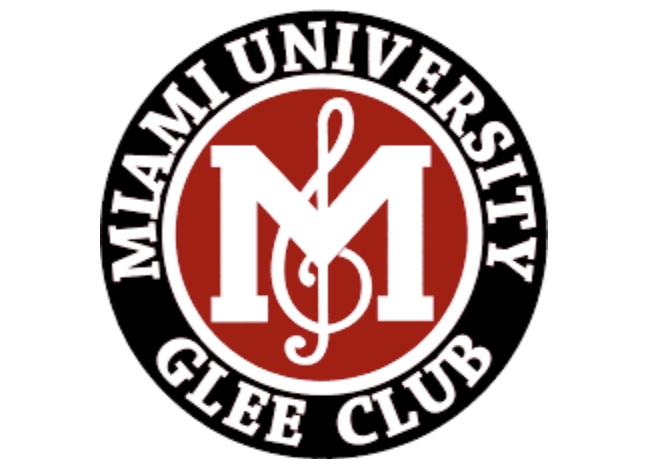Over the past eight years, the number of Miami students receiving scholarships has doubled, as has the average scholarship offer, even as tuition increased by 14 percent for in-state students and 21 percent for out-of-state students, according to data from the school’s Common Data Set, which tracks basic enrollment data for Miami.
Around the country, admissions and financial aid offices opt to raise tuition prices and offer small merit aid scholarships to prospective students in an effort to increase university revenues, class sizes and meet their university’s enrollment goals.
“It’s been an arms race, if you will,” said Craig Goebel, a consultant at the Art & Science Group LLC, a marketing firm that advises university admission offices. “Many institutions have found that to appeal to the students they want, it is necessary and very beneficial to offer some form of merit aid.”
Schools around the country have been using merit aid to attract prospective students since the 1990s, but Miami only began utilizing this strategy since 2009. After failing to meet enrollment targets that year, the admissions office began advertising guaranteed scholarships to students who earned a particular GPA and ACT score in high school, said Susan Schaurer, the Associate Vice President for Strategic Enrollment Management & Marketing.
“We compete with flagship universities around the country,” Schaurer says. “We have to be competitive with cost. We decided to put our merit scholarships out there for everyone to see, and it definitely had an impact on our application numbers in terms of quality and diversity.”
According to the Common Data Set, nearly 5,000 students attending Miami in 2017 received a merit scholarship from the university, with the average award being just under $9,000 a year.
In contrast, during the fall of 2009, the year before Miami began offering merit scholarships based on GPA and ACT score, there were around 2,200 students receiving merit aid scholarships averaging $4,500.
But while the scholarship offers have increased at a rate that outpaces the rate of tuition increases, “What we’ve really set out to do is hold tuition increases as low as possible, while at the same time working to recruit and retain a stronger academic profile class. And whenever you want to recruit a stronger class, a more diverse class, or a more out-of-state class, you have to offer more scholarships,” Brent Shock, Assistant Vice President for Enrollment Management and Student Services, said.
The out-of-state student population has also increased by 6 percent since 2009, which also fits with national trends, Goebel said.
As public universities faced government budget cuts, they have turned to other sources of revenue. Goebel said many schools looked to make up their lost funds by attracting more wealthy and upper-middle class students from other states who can afford to pay high tuition. Offering these students small scholarships is one way that schools try to achieve this.
“It’s called the high price, high aid strategy. There’s quite a few psychology things that go into it,” Goebel said. “For many students and families, if a school costs more, it must be better, and if they get a scholarship, they feel special, like ‘This school must really want me.’ There’s also the effect of getting a bargain, or a deal. If you were looking at two identical shirts in a store and one was $100 on a 40 percent discount, and the other was $60 with no discount, you’d say the $100 one was better.”
Goebel said many students are more sensitive to scholarship offers than they are to changes in tuition price. As a result, a school can drastically raise tuition, and still see similar enrollment offers and acceptances year-to-year, even if they don’t increase scholarship offers at the same rate. Though Miami has done the opposite of this, the school has still benefited from the high price, high aid strategy in awarding small merit scholarships to out-of-state students, who would otherwise pay just under $34,000 in tuition each year before room and board charges.







